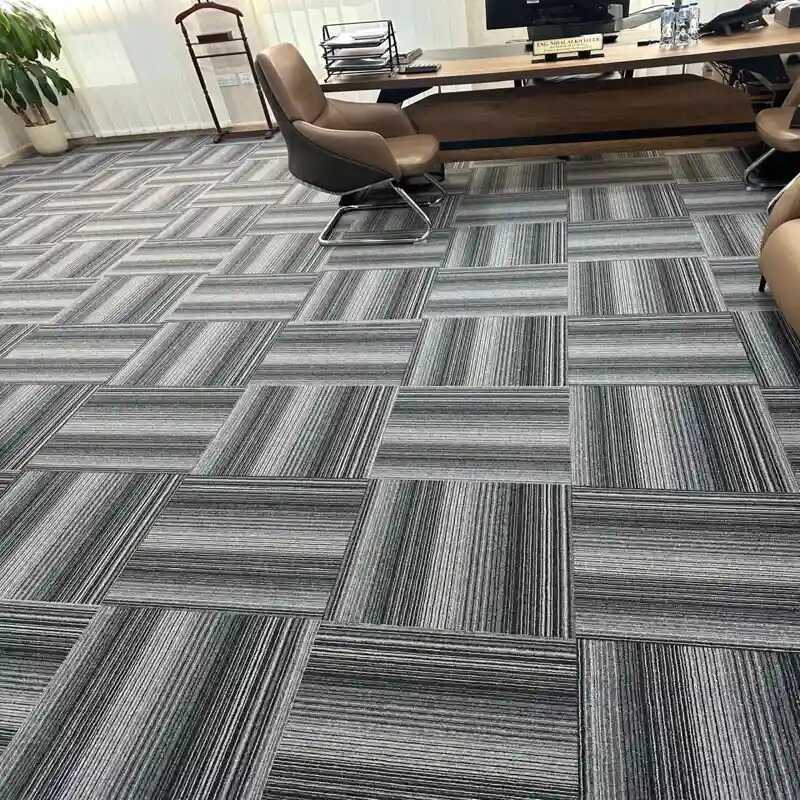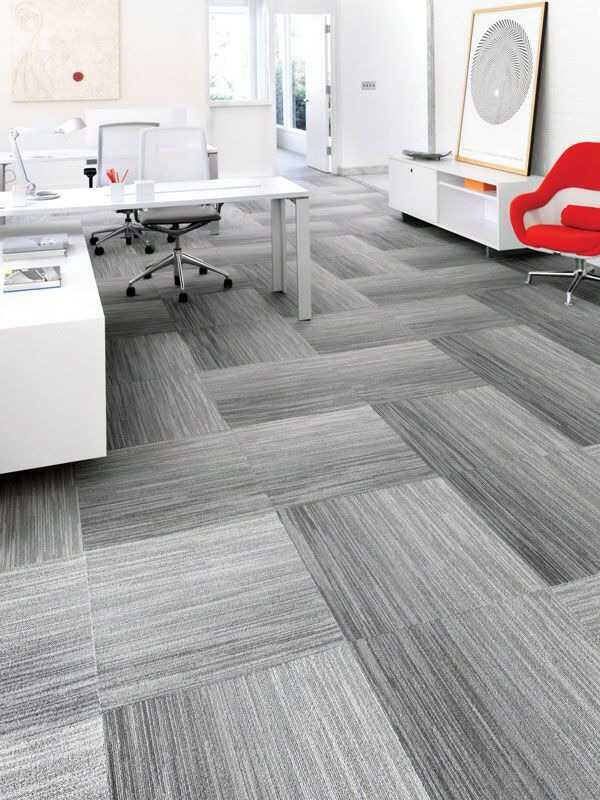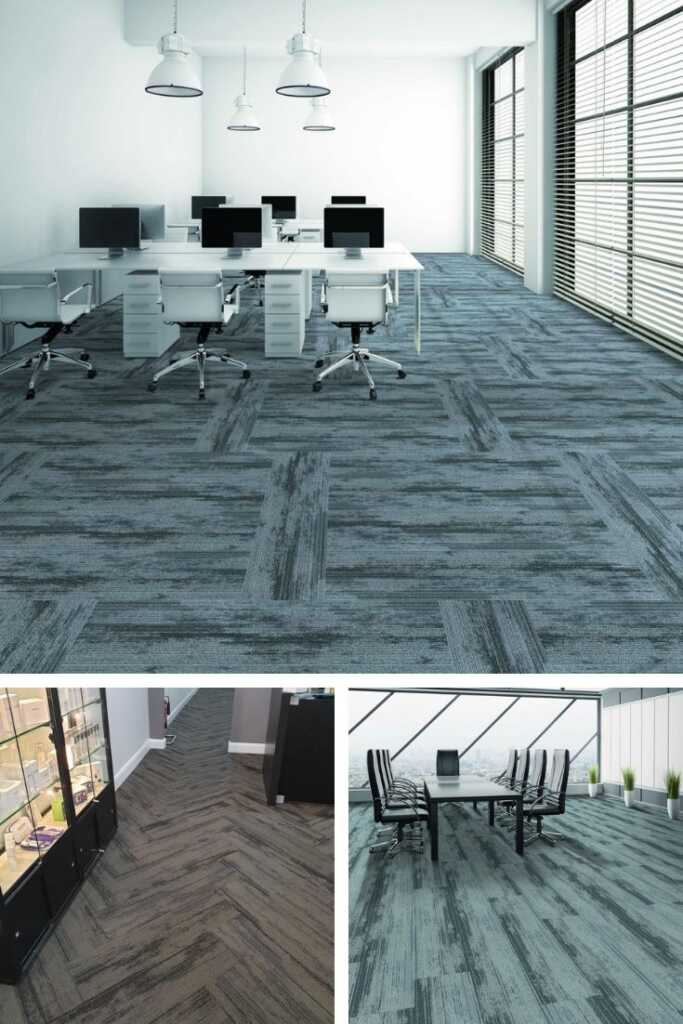
In the world of office design, functionality and aesthetics go hand in hand. One of the most underrated yet impactful elements of an office space is the flooring. Among the various flooring options available today, office carpet tile has emerged as a favorite for designers and business owners alike. Offering flexibility, durability, and a polished appearance, carpet tiles are transforming how we think about office interiors.
In this article, we’ll explore what office carpet tiles are, their benefits, design options, installation tips, maintenance, and answer some frequently asked questions.
What Are Office Carpet Tiles?
Office carpet tiles, also known as modular carpets or carpet squares, are small, easy-to-install pieces of carpet that fit together to cover a floor. Unlike traditional broadloom carpets that come in large rolls, carpet tiles are typically square (though other shapes are also available) and can be laid out in various patterns.
Standard sizes are 50×50 cm” or 96×96 cm”, but custom sizes can be made depending on the manufacturer.
Top Benefits of Office Carpet Tiles
Easy Installation
One of the biggest advantages of office carpet tiles is the ease of installation. They can be installed over almost any subfloor, and often come with peel-and-stick or glue-down backing, reducing labor time and costs.
Design Flexibility
With a wide range of colors, patterns, and textures available, carpet tiles allow you to create custom designs, zone areas, or reflect your brand identity through flooring.
Durability and Longevity
Most office carpet tiles are made for high-traffic areas, ensuring they can withstand daily wear and tear. Many come with commercial-grade warranties of 10 years or more.
Easy Maintenance and Replacement
If one tile becomes stained or damaged, you can replace that individual tile instead of changing the entire carpet. This feature alone can save businesses a lot of money over time.
Acoustic Benefits
Office spaces can be noisy with constant phone calls, meetings, and foot traffic. Carpet tiles help absorb sound, reducing noise levels and creating a more peaceful work environment.
Sustainability
Many carpet tile brands offer eco-friendly options made from recycled materials, which also makes them easier to recycle at the end of their life.

Popular Design Trends for Office Carpet Tiles

Modern office spaces are not just about functionality—they’re also about visual appeal and branding. Here are some current design trends:
Zoning with Color
Use different colored tiles to define spaces like meeting zones, individual workstations, or collaborative areas.
Mix and Match Textures
Combine loop pile and cut pile textures to add dimension and interest to the flooring.
Geometric Patterns
Lay tiles in herringbone, basket weave, or random patterns for a unique aesthetic.
Neutral Palettes with Accents
Gray, beige, and charcoal remain popular, often paired with bold color accents for vibrancy.
Installation Tips for Office Carpet Tiles
Installing carpet tiles is relatively simple, but there are some best practices to follow for optimal results:
Prepare the Subfloor: Make sure the surface is clean, dry, and level.
Acclimate the Tiles: Allow the tiles to sit in the room for 24–48 hours to adjust to the temperature and humidity.
Start at the Center: Begin laying tiles from the center of the room for a symmetrical design.
Use a Layout Plan: Especially when mixing colors or patterns, plan the layout beforehand.
Adhere Correctly: Follow the manufacturer’s guidelines—some tiles require adhesive, while others are peel-and-stick or interlocking.
Maintaining Office Carpet Tiles
Keeping your carpet tiles clean and fresh extends their lifespan and keeps your office looking professional:
Vacuum Regularly: Daily or weekly vacuuming (depending on foot traffic) helps remove dirt and debris.
Spot Clean Immediately: Attend to spills or stains as soon as possible.
Schedule Deep Cleans: Every 6–12 months, hire professional cleaners to deep clean the tiles.
Rotate High-Traffic Tiles: If possible, rotate heavily used tiles with those in less busy areas to distribute wear evenly.
Cost of Office Carpet Tiles
The cost can vary depending on quality, design, and brand. On average:
Standard commercial-grade carpet tiles: $2 to $5 per square foot
Luxury or designer options: $6 to $10+ per square foot
When budgeting, also factor in installation costs, underlayment (if required), and any special adhesives or treatments.
Conclusion
Office carpet tile is more than just a practical flooring choice—it’s a design-forward, flexible, and cost-effective solution that caters to the dynamic needs of today’s workspaces. Whether you’re revamping a small startup office or redesigning a corporate headquarters, carpet tiles offer endless possibilities to enhance both form and function.
Their ease of maintenance, durability, and wide range of design options make them a smart long-term investment for any modern business.
FAQs
Q1: Are carpet tiles suitable for all office environments?
A: Yes. From executive offices and open-plan spaces to conference rooms and lounges, carpet tiles can be adapted to suit various office environments.
Q2: Can I install carpet tiles myself?
A: Absolutely. Many carpet tiles are designed for easy DIY installation. However, for large spaces or complex patterns, professional installation is recommended.
Q3: How long do office carpet tiles last?
A: With proper maintenance, commercial carpet tiles can last 10–15 years or even longer.
Q4: What if one tile gets stained?
A: One of the biggest advantages is that you can simply replace the affected tile without disturbing the rest of the floor.
Q5: Are carpet tiles eco-friendly?
A: Many brands use recycled materials and offer recyclable products, making them a sustainable choice.
